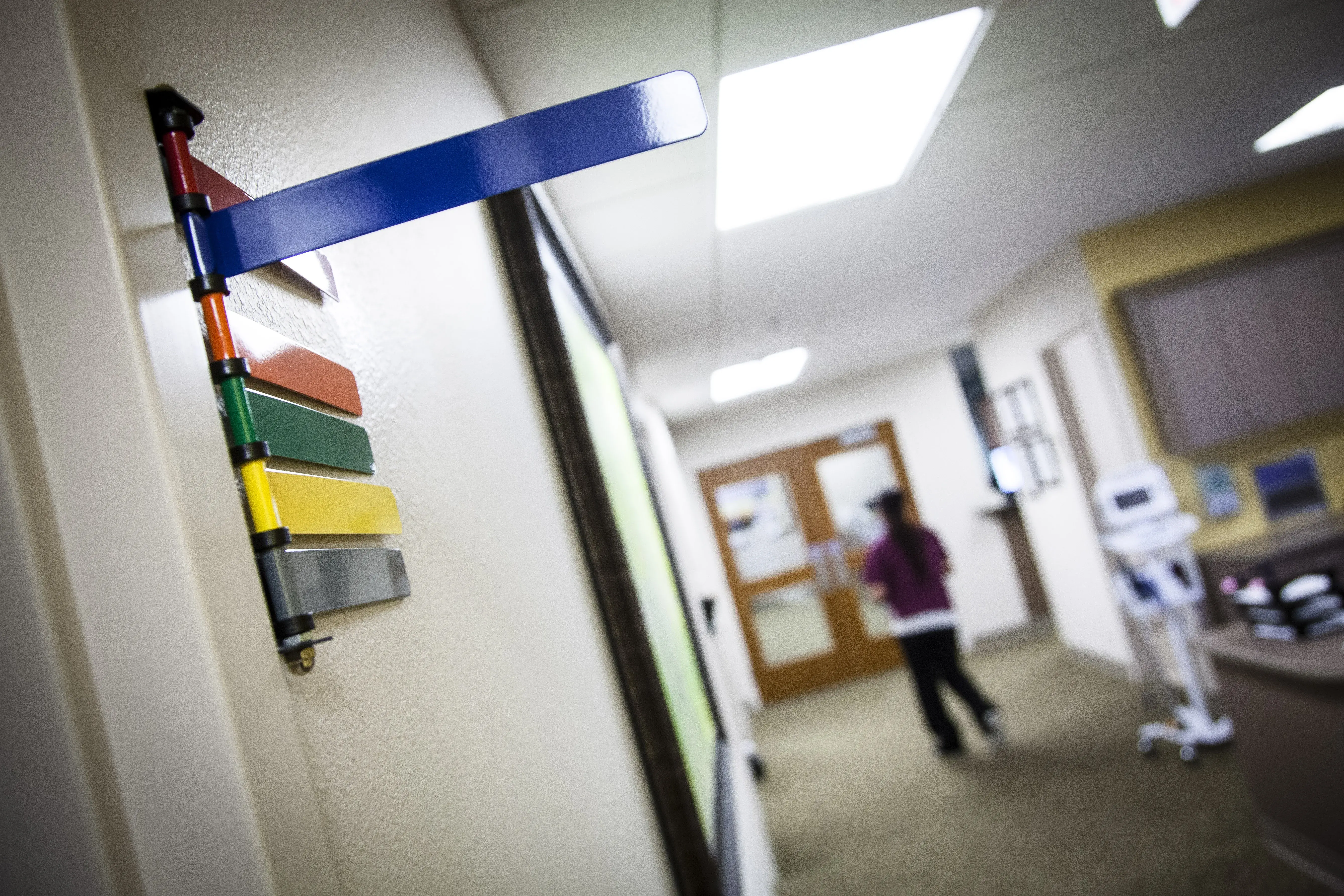Good health is simply not a reality without adequate and equitable access to primary health care. While we know that health takes shape well beyond the clinic, we understand that the experiences and services provided in the care setting are critical to Coloradans being and staying their healthiest.
With a mission to improve the health of Coloradans, we know that we cannot do it alone. At the Colorado Health Foundation, we work to bring health in reach for all Coloradans by engaging deeply in communities to pinpoint challenges and support solutions that lead to better health, with an intentional focus on health equity.
To that end, we partnered with Langer Research Associates in 2016 to conduct a survey to understand the perceptions of low-income Coloradans about the care that is available to them. Results from this survey will be used to inform our strategic investments and future activities, and to help us meet our evolving goals around access to care. We are sharing these findings with you so that, together, we can make informed decisions about how to improve the health care experiences and outcomes for low-income Coloradans in communities across the state.
We continue to ask ourselves critical questions, such as: How can we improve the health care experience for low-income Coloradans?
The survey provides insight on how to solve for this burning question, and the information revealed demands action. Overall, there is a significant gap in satisfaction with health care between low-income and higher-income Coloradans. Of those who took the survey, 59 percent of people with low-income rated their satisfaction as “excellent” or “very good” compared to 71 percent of people with higher income. Additionally, more than half of low-income Coloradans reported skipping health care they probably need.
Gaps persist as well in overall engagement and satisfaction with care between low-income Coloradans of color and their white counterparts. Fifty-one percent of the survey respondents of color report their quality of care as “excellent” or “very good” compared to 64 percent of white respondents. There are unexplored barriers to care for low-income communities of color who know about and highly value certain basic services, but don’t use them as often as low-income white Coloradans.
Our newly released executive summary and companion issue briefs detail findings about low-income Coloradans of color; low-income Coloradans in rural areas; the health care services low-income Coloradans value, know about and use; and how the 4 Cs are related to patient satisfaction and engagement. Most usefully, it underscores a range of programs and pathways that emerged as critical to closing the gaps in the patient experience and advancing the quality of care low-income Coloradans receive. Key takeaways include:
- There are significant gaps between low-income and higher-income Coloradans with regard to self-reported health, overall satisfaction with health care and the likelihood of skipping needed health care.
- Low-income patients whose health care facilities offer team-based care and/or provide health navigators report higher satisfaction with their overall health care, including Coloradans of color.
- Increasing personal connection, continuity of care, cultural responsiveness and community ties are critical for enhancing patients’ care experiences, including their satisfaction and their engagement in health care decisions. Increasing efforts in the areas of the 4 Cs is particularly important for improving the experiences of patients from communities of color.
- Low-income rural Coloradans will benefit from reducing barriers to care like cost and transportation, and expanding low-cost community services.
- Safety net clinics in Colorado are leading the way to improved health for low-income Coloradans, in particular with regard to providing a wide range of in-house health care services such as behavioral and physical health, referrals for social supports and help enrolling in insurance under one roof.
The Foundation is using these key takeaways to build on strengths and support emerging solutions that can be successful models for improving the health of low-income Coloradans. The survey and its results will inform how we work as a funder, and is an example of how we are evolving to address inequity and achieve impact across the state.
Access the executive summary and following issue briefs for a more in-depth look at populations affected and emerging approaches to improving the health care experience for low-income individuals and families.

